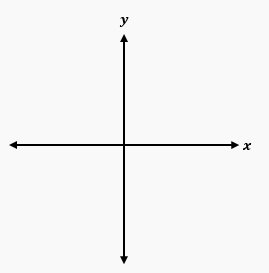In this section, we explore how to find the volume of a three-dimensional solid using integrals, building on the concept of calculating area under a curve. To visualize this, we can think of a solid with a base defined by the function \( f(x) = 4 - x^2 \) over the interval from 0 to 2. The solid has square cross-sections perpendicular to the x-axis.
To find the volume, we begin by slicing the solid into thin, rectangular prisms. Each slice has a square cross-section, where the side length of the square is determined by the function \( f(x) \). The area \( A(x) \) of the square cross-section can be expressed as:
\[ A(x) = f(x) \times f(x) = (4 - x^2)^2 \]
Next, to find the volume of a single slice, we multiply the area of the cross-section by the width of the slice, which is \( dx \). Thus, the volume \( dV \) of one slice is given by:
\[ dV = A(x) \cdot dx = (4 - x^2)^2 \cdot dx \]
To find the total volume of the solid, we integrate this expression over the interval from 0 to 2:
\[ V = \int_{0}^{2} (4 - x^2)^2 \, dx \]
This integral will yield the total volume of the solid. It is essential to visualize both the solid and its cross-section to avoid errors in setup and calculation. As you work through the integral, remember that the process of slicing the solid and summing the volumes of the slices is analogous to finding the area under a curve, but extended into three dimensions.
In summary, the key steps involve identifying the base function, determining the area of the cross-section, and integrating over the specified interval to find the total volume. This method can be applied to various shapes and cross-sections, enhancing your understanding of volume calculations in calculus.



